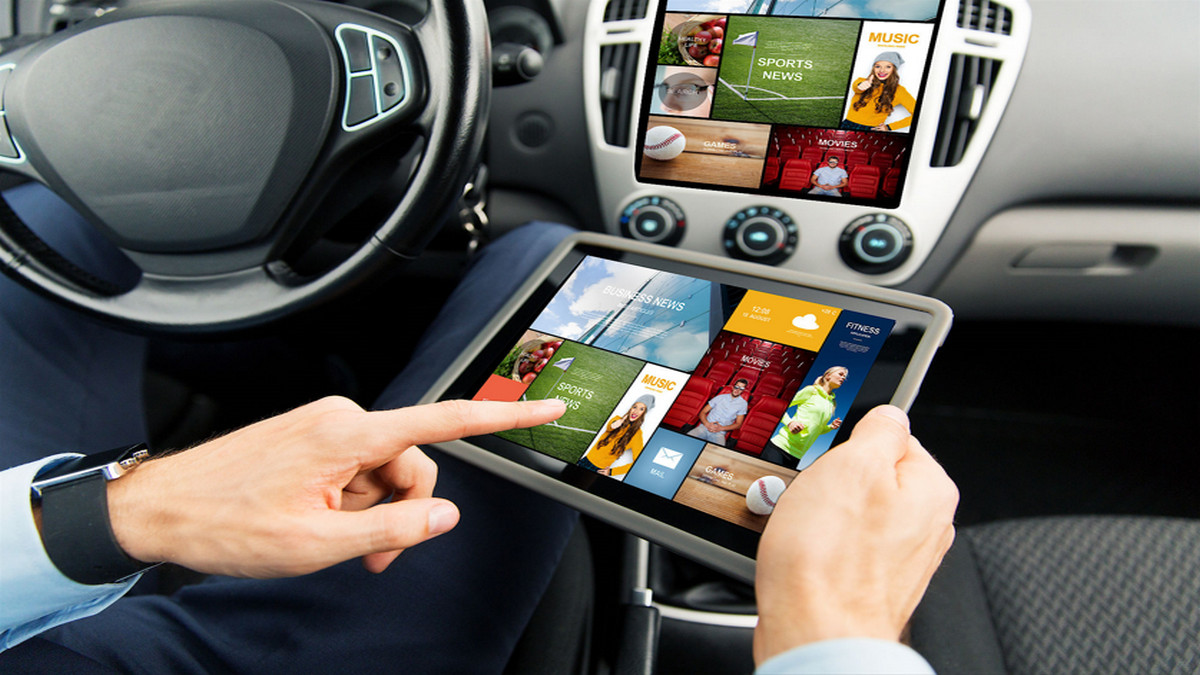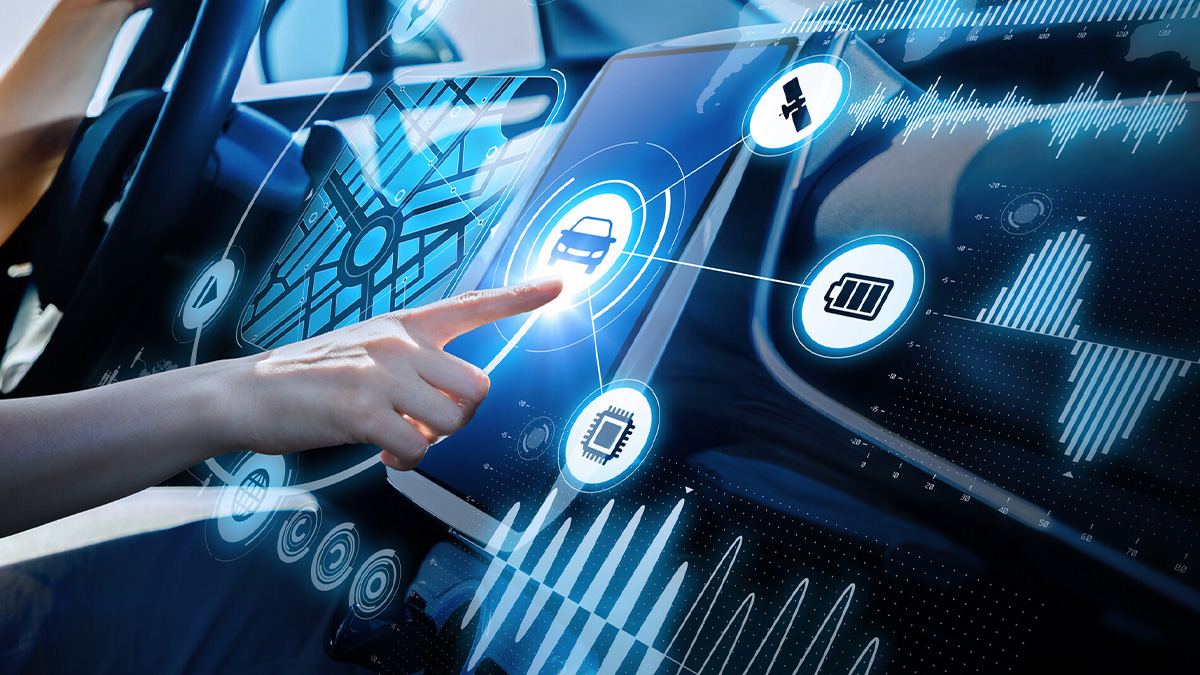- Showing results for
- Autonomous Car
With the rapid development of the automotive industry in smart driving, safety assistance, automotive electronics, and human-machine interface-related technologies, the integration of virtual and real superimposed displays, driver monitoring systems (DMS), interactive functions, Internet of Things (IoT) of the smart cockpit system have become the current trend.
2023-01-16 10:28:23
As electric vehicles and hybrid vehicles gradually gain popularity in the market, automotive electronic systems may become the key technology areas that are most valued by various electronic system suppliers. Advances in technologies such as electronic active suspension technology and electric vehicle drive systems in the automotive industry have continued to expand the application of power electronic systems in the automotive field.
2022-06-13 16:50:58
The German automotive industry has always been a core industry driving employment and economic growth, and maintaining global competitiveness.
2022-05-17 14:59:41
Self-driving cars rely on technologies such as Advanced Driver Assistance Systems (ADAS) and the Internet of Vehicles.
2022-04-12 10:21:45
In the next 10 years, the global auto industry will face the most significant change in history, with electric vehicles replacing internal combustion engine vehicles.
2022-04-08 13:04:14
The New Generation of the Electric Vehicle Industry: The Revolution of Vehicle Electrification
2022-02-21 11:38:03
During the operation of a factory, the flow of materials determines the production efficiency of the factory. Recently, production lines have gradually added automation equipment, but the supply or handling of materials to and from the production line still relies on manual handling operations. This often results in unsmooth logistics and interrupted production flow. To avoid interruptions in supply, and reduce storage and production space, Automated Guided Vehicle (AGV) technology offers an unmanned management solution.
2021-08-25 15:25:46
An automobile transmission system refers to the general term of all power transmission devices from the engine to the driving wheels. The function of the transmission system is to transmit the power of the engine to the driving wheels.
2021-05-25 17:43:00
With the rise of the global electric vehicle market, how should Taiwan’s opportunities be grasped?
2021-05-20 10:11:05
The world is studying how to deal with the increasing number of discarded electric vehicle batteries.
2021-05-19 17:41:27
At present, ordinary automobiles mainly use fossil fuels as their power source, which not only consumes a lot of petroleum resources but is also one of the main culprits of greenhouse gas emissions. In order to cope with the global trend of energy-saving and carbon reduction, many countries have adopted vehicle electrification as an important greenhouse gas reduction measure.
2021-05-19 15:08:09
Disruptive technology is overturning the digital transformation of the automotive supply chain. The recent COVID-19 epidemic has hit the global auto market. The demand for transformation within the industry has increased. The integration of technology applications and electric vehicles will become the future development trend.
2020-10-16 16:34:33
Under the leading policy of "Industry 4.0" in Germany, the manufacturing industry followed the concept of "smart manufacturing", and introduced the digital application of machinery into the factory. Based on the information technology services that belong to the energy economy category, it was imported from cloud software. Optimize the process. This kind of service platform is built on a modular structure that can be flexibly combined and uses AI to assist in providing strategic recommendations to achieve the energy-saving benefits of IoT machines.
2020-05-28 10:31:11
China's component industry is developing rapidly and the domestic demand market is huge, but overall, there are still problems to be solved. To improve the innovation of China's auto parts industry, the technical added value of products, the direction and investment of scientific proportion R & D, the coordination of zero-zero relationships, and the standardization of market operations are all important issues that companies need to jointly solve.
2020-05-26 15:11:31
Agree














